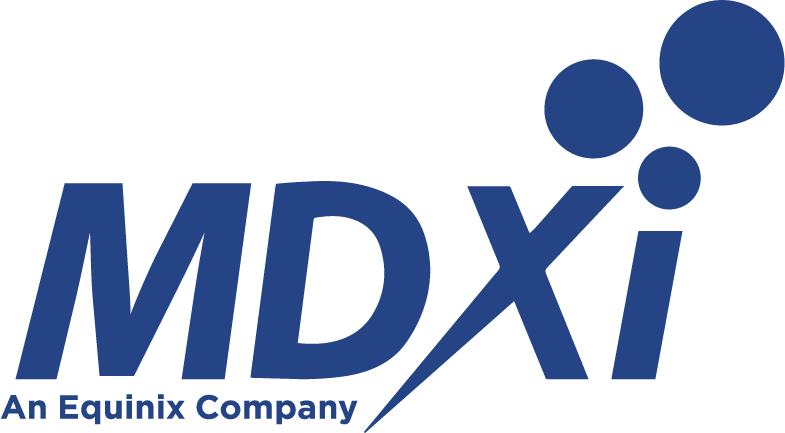Interconnection is the deployment of IT traffic exchange points that integrate direct, private connections between counterparties. In an age when reams of information race around the world with the click of a finger and massive transactions routinely occur several times faster than the blink of an eye, interconnection powers digital business. Interconnection is best achieved hosted in carrier-neutral data center campuses, where distributed IT components are colocated.
In this article written by Jim Poole, VP of Business Development at Equinix, we take a deep dive into some of the key characteristics that can help take the digital business to the next level:
Digital ecosystem density
The prefix, “inter,” offers a clue about what makes interconnection different from standard connectivity, because it can mean “among.” So “inter”-connection speaks of connectivity that involves several parties at once. Interconnection links numerous discrete entities and makes them not only capable of uniting with each other in digital ecosystems but also of connecting as a unit with other individual entities, ecosystems, and groups of ecosystems.
This is the many-to-many connectivity required in this interconnected era when companies create value by connecting to partners, customers, and employees globally to collaborate or exchange data. These entities must be able to connect instantly and simultaneously over a variety of devices and through various sources to execute the ultra-fast transactions essential to business today.
Proximity
Bringing together the interconnected world’s players (clouds, data, companies, digital ecosystems, and individuals) is just one hallmark of interconnection. These connections must also be as close to each other as possible. Distance creates latency, and shrinking the distance between the various counterparties is the only way to minimize it and offer the greatest user experience possible. In addition, closer connections (via cross-connects or exchange ports) are typically far less expensive than connections over long-haul networks.
Delivered via globally distributed exchange point
Finally, companies, clouds, and digital communities need a place to gather to be close enough to each other to make their myriad direct connections. And these places must be close to dense population centers, or high latency will degrade the user experience. In a global digital economy, interconnection must happen at globally dispersed exchange points like the carrier-neutral, colocation campuses where MDXi operates. The alternative is backhauling traffic to a central data center, that’s costly and can’t provide the connectivity that users demand.
To read more on the key characteristics that can help take the digital business to the next level, visit here
What’s next: Staying ahead of interconnection bandwidth
If interconnection is critical to digital business, how can the enterprise know where it stands today and where to go next? That’s where a metric called interconnection bandwidth is essential.
While traditional bandwidth measures how much data can be transferred over a given network, interconnection bandwidth shows how ready an industry or region is to maximize interconnection. Specifically, interconnection bandwidth is a measure of the capacity to transfer traffic via direct, private interconnections at traffic exchange points hosted inside carrier-neutral colocation data center campuses.
Companies can determine existing interconnection bandwidth requirements by measuring installed data center capacity and connections. Then, by looking at the projected growth of interconnection bandwidth by company size, regional footprint, use cases or vertical industries, they can pinpoint how much interconnection bandwidth they will need to successfully compete in the digital economy.
The ability to proactively assess and apply interconnection bandwidth will become increasingly important as enterprises and service providers create new strategies to grow and expand their digital business capabilities and results.
In a nutshell, interconnection is poised to shape the future of business and it is time to start preparing for that reality. MDXi’s regional data centers provides collocated customers with access to a rich interconnection environment which allows them connect to other networks such as multiple telecom and ISP networks, cloud, payment and content providers while significantly reducing the cost of multiple links to various network providers.
Do you want to extend your reach? Contact us now at info@mdx-i.com
Source
